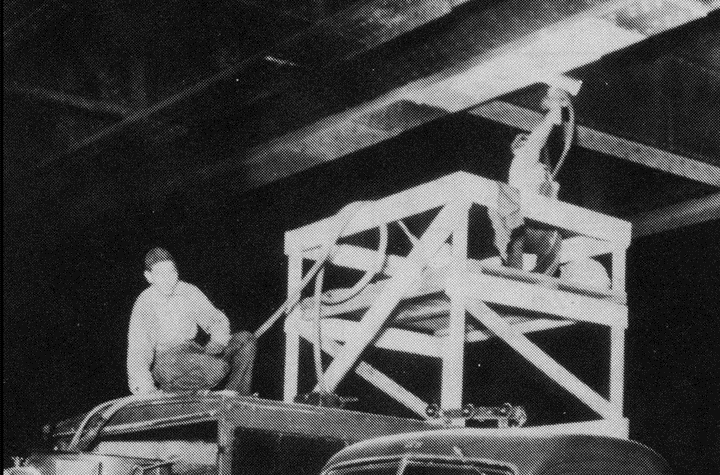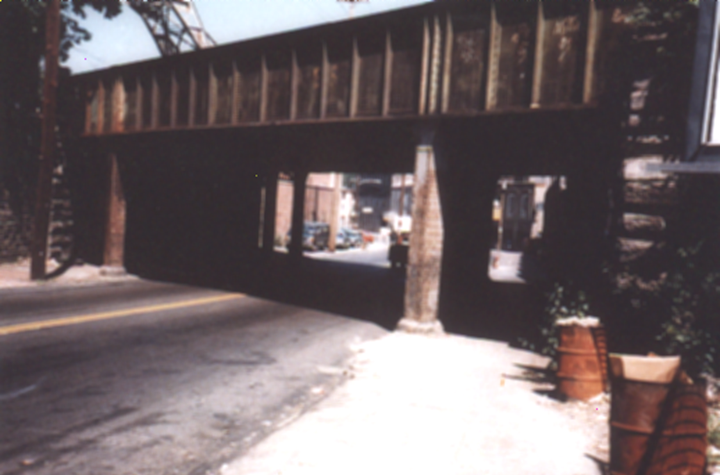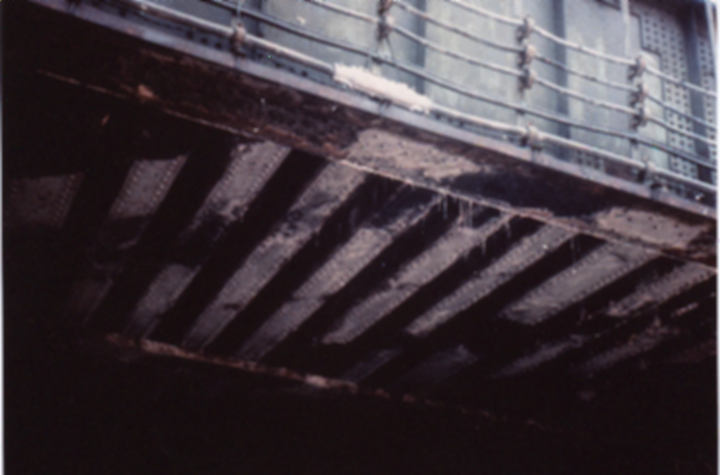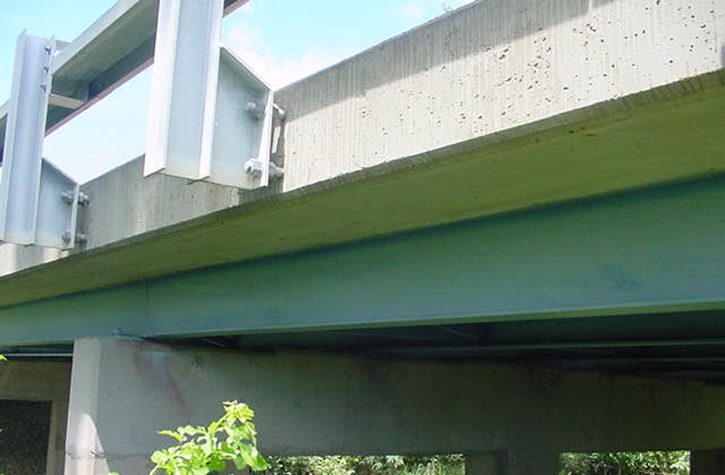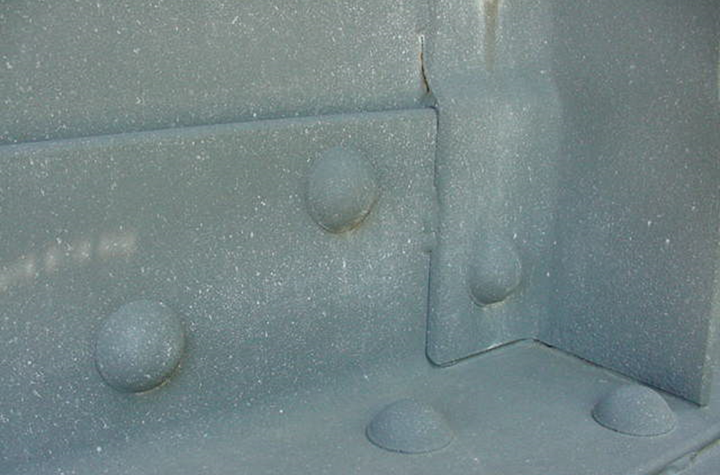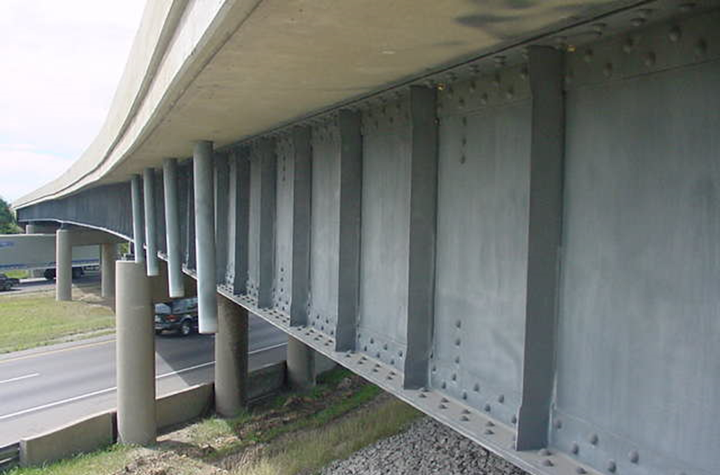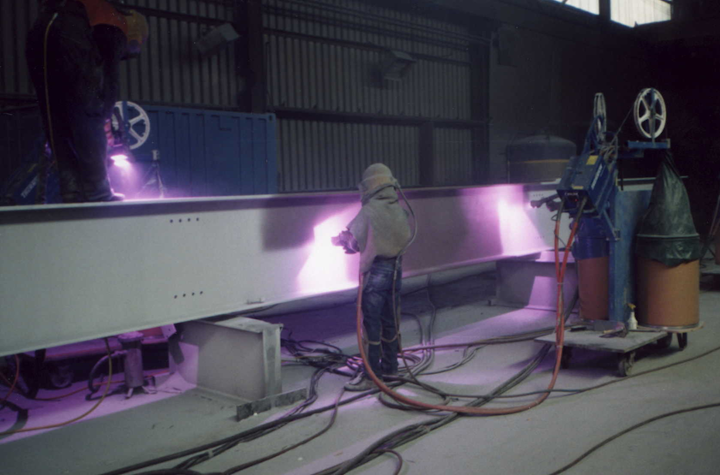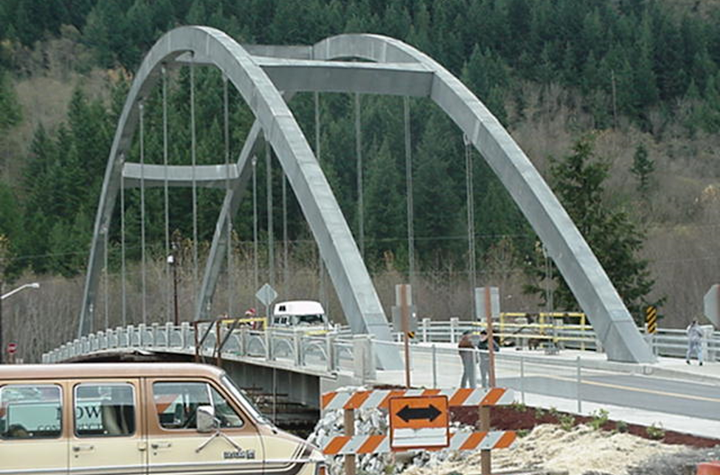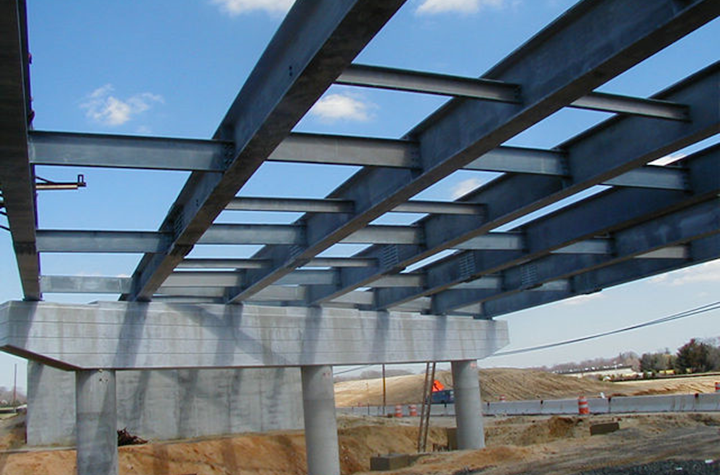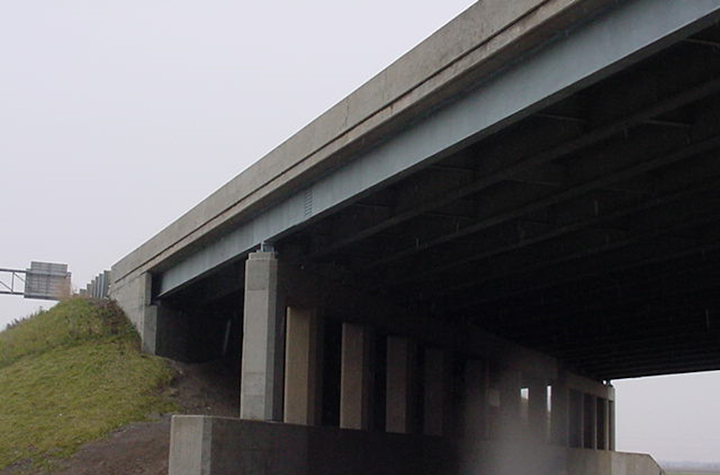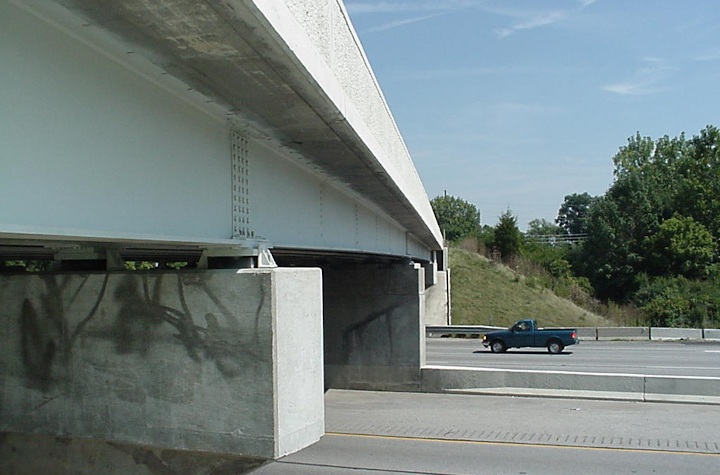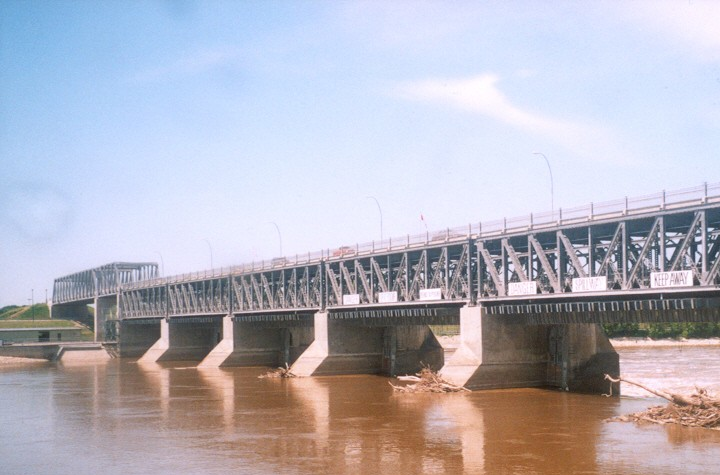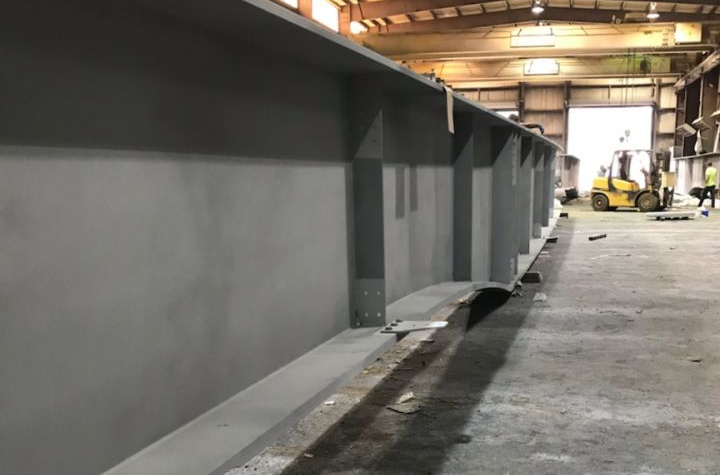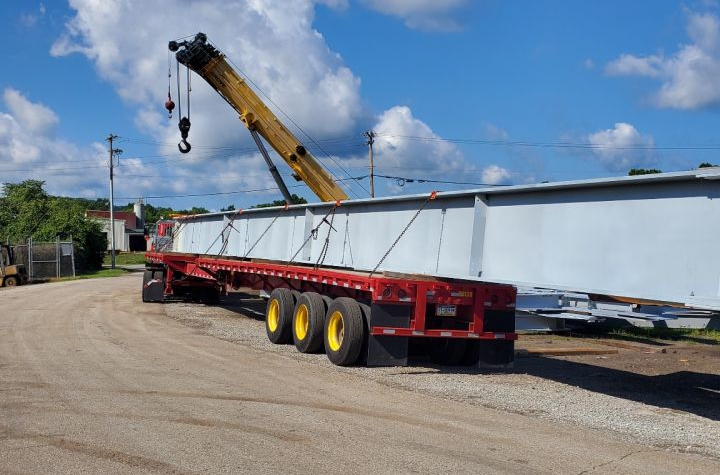Articles, Reports, Specifications
The Hundred Year Bridge Needs a Long-life Coating
The Federal Highway Administration report “Bridge Condition by Highway System 2019” shows that of the 617,084 bridges rated, 337,502 or 55%, are in fair or poor condition. 1 We can assume that a large number of these bridges are in their current condition because of corrosion and we can write with certainty that a significant part of that corrosion is due to failed paint.
America’s cost for bridge painting is enormous. Given the age and condition of many U.S. bridges, more and more of them will need repair, and paint’s relatively short service life guarantees the need of their frequent repainting on into the future. The direct cost of that painting will be substantial but it will be just a small part of the total cost; a far greater economic impact will come from the indirect costs, the road closures, diverted traffic, delayed shipments that are part of every bridge repainting project.
We have all encountered summertime highway construction having driven slowly alongside miles of orange traffic barrels until we finally pass a tarp covered bridge, a painting crew, and all of its equipment. Each time we are funneled past a bridge repainting we are frustrated by the delay; we shrug our shoulders and say to ourselves, that’s the way it is. We know that there is nothing we can do about it, and know that we’ll face the same aggravation again down the road. Moreover, industry suffers incremental, but ultimately large economic losses due to such traffic disruption. At some point in time, the routine occurrences of these delays and losses become no longer acceptable.
We, the public, rely on our state departments of transportation to look after this work and trust they are doing everything possible to reduce the frequency of bridge repainting and the disruptions and costs that accompany each and every one of these bridge repainting projects. Of course, an obvious solution to this problem is to use a better coating. Metalizing, spraying zinc metal onto bridge steel rather than painting and repainting that steel, is that better coating.
It is a fact that zinc metalizing protects steel better and for a longer time than paint; a century of testing and steel bridge metalizing around the world has made that clear. Further, since the early 1980’s several of the states have metalized bridges establishing their own independent proof that sprayed-metal protects structural steel better than paint. Unfortunately, the number of bridges metalized by those states is just a tiny fraction of the new and existing bridges they’ve painted over these past four decades. In many cases, the paint on these bridges is nearing the end of its service life.
While there are some departments of transportation that have adopted metalizing and have gradually increased its use to replace paint, there are other departments of transportation that seem to be timid, reluctant to change, stuck in a cycle of paint and repaint. Why would that be? Are specifiers unwilling or unable to adopt new or different methods? Not likely. Are paint and painting specifications so entrenched at these departments as to be immutable? Or, are specifiers kept from metalizing because of an unyielding departmental policy - a mistaken policy of coating selection based on first-cost?
Metalizing’s long service life will reduce the need for repeated bridge repainting, help to control long-term costs, and help to bring the bridge maintenance backlog down to a manageable level. Metalizing new steel as well as existing bridges is a forward looking policy and departments of transportaion policy makers should take a serious and objective look at what stands in the way of their metalizing bridges. In the long run, bridge metalizing can save taxpayers’ money, but only if it is specified by our agents – state departments of transportation.
There are many conscientious men and women working in departments of transportation whose lives would be made a whole lot simpler by metalizing bridge steel. Given the choice, many if not all of the people responsible for bridge maintenance would choose a long life coating over the status quo; they would choose zinc metalizing over paint and repaint. JTB
The Rest of the Story
The information presented on the following pages makes an affirmative case for metalizing bridges. We cover the metalizing process, spray materials, sealing, repair, and the concept of life-cycle cost; and throughout we continue to question the policy of paint and repaint.
Comments are welcome and may be emailed to butler@metalizing.com.
We make no recommendations as to the use, procedures, techniques, or specification of metalizing or metalized coatings. The information provided on this web site is intended for general information purposes only. It is not meant to replace proven procedures or to substitute for a thorough review of job specific information by the owner's engineering staff in consultation with experienced metalizing (thermal spray) applicators who are responsible for developing their own specifications and procedures. We make no warranty of any kind for any use of the information presented on this website.
